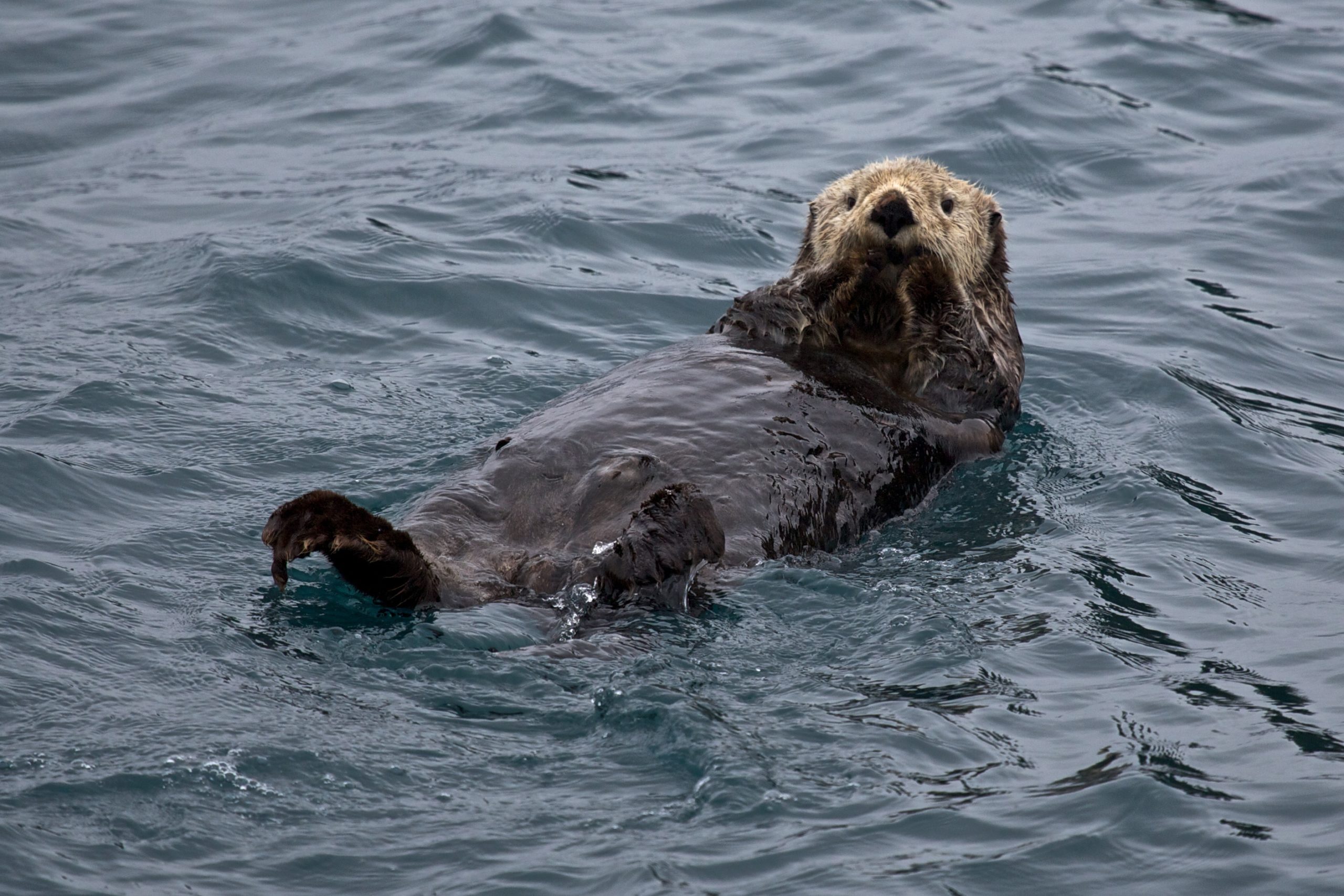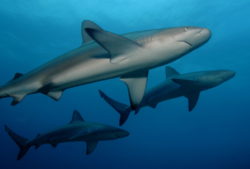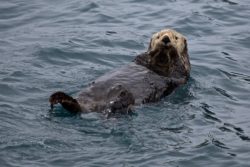
What are Keystone Species?
While we all have our favorite ocean animals, there are some that are the glue that hold ecosystems together. They are known as keystone species. You may have heard of them before, but what exactly are they?
Defined as species that are an important part of particular ecosystems, keystone species are key to the survival of other species around them. They range from predators in a food web that keep another species’ population in balance to grazers that helps form, shape, and maintain habitats. Without them, ecosystems do not look the same and risk venturing out of balance.
The term “keystone species” was coined in the 1960s by ecologist Robert Paine who studied starfish along the Pacific coastline in Washington State. He observed a drastic change in biodiversity when a single species of starfish was removed in an area for an experiment. After removal, the mussel population, which the starfish normally fed on, soared and other species were crowded out. This discovery demonstrated the critical role of certain species in preserving biodiversity and the overall sustainability of an ecosystem.
Some well-known examples of keystone species are: beavers, known for building dams that flood the surrounding landscape and form a wetland habitat that support many animals and plants; sea otters, predators of sea urchins and integral players in keeping kelp forests flourishing; and gray wolves, top predators that keep other populations such as elk in check. These species all play a different, integral role in shaping their environment.
What are some of the types of keystone species?
Predators – These animals help keep populations of their prey species in balance, so they do not overrun other plants and animals in the ecosystem. For example, sharks have an easier time feeding on older or sick fish, which leave younger and healthier animals active in the ecosystem and can prevent disease from spreading but keep fish populations from growing too big that they overfeed on seagrass beds or smaller fish.
Ecosystem engineers – These are organisms that create, change, or destroy habitats. For example, beavers remove old, dead trees to build their dams, which allows new trees and other plants to take their place. The dams the beavers create also gradually change the flow and course of water in rivers and streams, creating new habitats like wetlands for other species to eventually occupy.
Mutualists – Mutualists are pairs of species that provide each other with some kind of service or partnership. For example, corals rely on a type of algae for food and give the algae protection in return. Another example is that of bees and pollinating flowers – bees eat nectar from flowers, allowing pollen to attach to their bodies and spread as the bees fly, helping flowers with fertilization.
Plants – Some plants are the cornerstone of their ecosystems. For example, mangrove trees that line tropical and subtropical coasts provide a number of ecosystem functions that include water filtration, coastline protection, and their roots serve as nurseries for smaller fish and other species.
Prey – These are species that provide food for other species in the food web. For example, krill, one of the smallest animals in the ocean, make up the bottom of the food chain and provide for many species including the largest whales.
The types of keystone species are debated among the scientific community but predators, ecosystem engineers, and mutualists are the most commonly referenced. Keystone species are fundamental to keeping an ecosystem balanced and supported. They are monitored carefully as they have large impacts to their ecosystems if they disappear and provide insight into protecting entire ecosystems and habitats as a whole.



